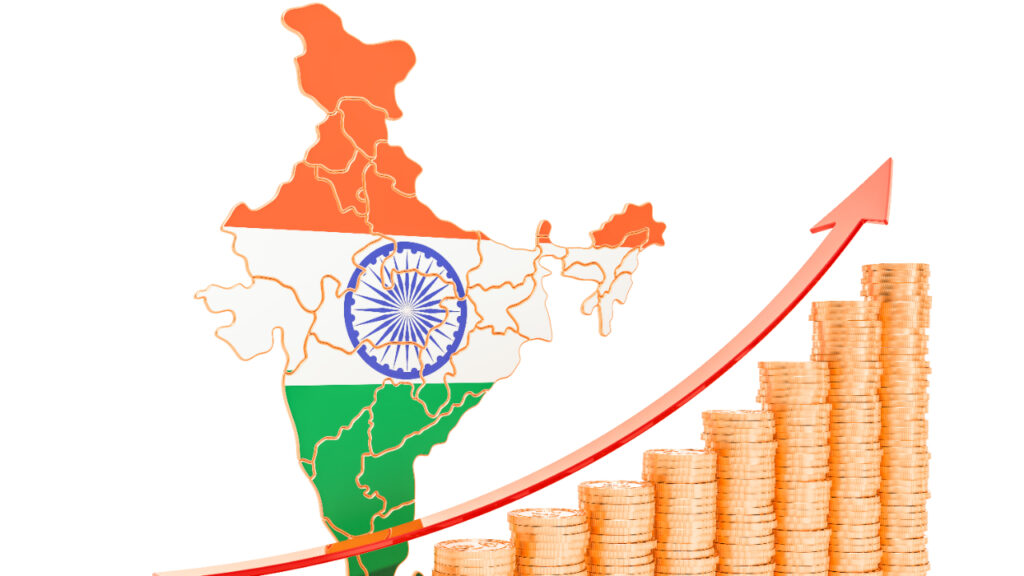Goldman Sachs released a report on Monday suggesting that India, currently the fifth-largest economy, has the potential to become the second-largest economy globally by 2075. This projection surpasses not only Japan and Germany but also the United States. The report cites several factors contributing to this growth, including innovation and technology, increased capital investment and rising worker productivity largely driven by India’s burgeoning population. Read More Business News on our website.

Can India Become Second Largest Economy By 2075?
According to Santanu Sengupta, Goldman Sachs Research’s India economist, India’s dependency ratio is expected to be one of the lowest among regional economies in the next two decades. This implies that India has a unique opportunity to leverage its rapidly growing population by boosting participation within its labor force. Sengupta emphasizes the importance of capitalizing on this window of opportunity to establish manufacturing capacity, foster the growth of services, and continue investing in infrastructure.
The report highlights the Indian government’s prioritization of infrastructure development, particularly in the areas of roads and railways. To stimulate investments in infrastructure, the recent budget includes provisions for continuing the 50-year interest-free loan programs to state governments.
Goldman Sachs believes that now is an opportune time for the private sector to ramp up efforts in manufacturing and services, thus creating more job opportunities and absorbing the large labor force available in India. By capitalizing on these factors, India can potentially ascend to become one of the leading global economies in the coming decades.
According to an investment bank, innovation and technology will play a crucial role in shaping India’s economic trajectory. Nasscom, a non governmental trade association in India, predicts a significant increase of $245 billion in the country’s technology industry revenue by the end of 2023. This growth is expected to stem from various sectors such as IT, business process management and software products, as highlighted in Nasscom’s report.
The CNN report cited Goldman’s analysis, which suggests that India’s savings rate is likely to rise due to factors like declining dependency ratios, increasing incomes, and the development of a more robust financial sector. These factors are expected to contribute to a larger pool of capital available for further investment.
However, the report also points out potential downside risks for India’s economic growth. One major concern is the decline in the labor force participation rate over the past 15 years. The report emphasizes the significant gender disparity in labor force participation, with women’s involvement being considerably lower than men’s. It reveals that only 20% of working age women in India are currently employed, possibly due to their engagement in informal or unaccounted piecework.
The report also mentions that India’s growth has been hindered by net exports, as the country operates with a current account deficit. However, the bank acknowledges that the export of services has helped cushion the impact on current account balances.
The Goldman’s report highlights that India’s economy primarily thrives on domestic demand, unlike other economies in the region that heavily rely on exports. It states that approximately 60% of India’s growth can be attributed to domestic consumption and investments. Furthermore, global rating agencies like S&P Global and Morgan Stanley have made similar predictions, stating that India is on track to become the world’s third largest economy by 2030.
